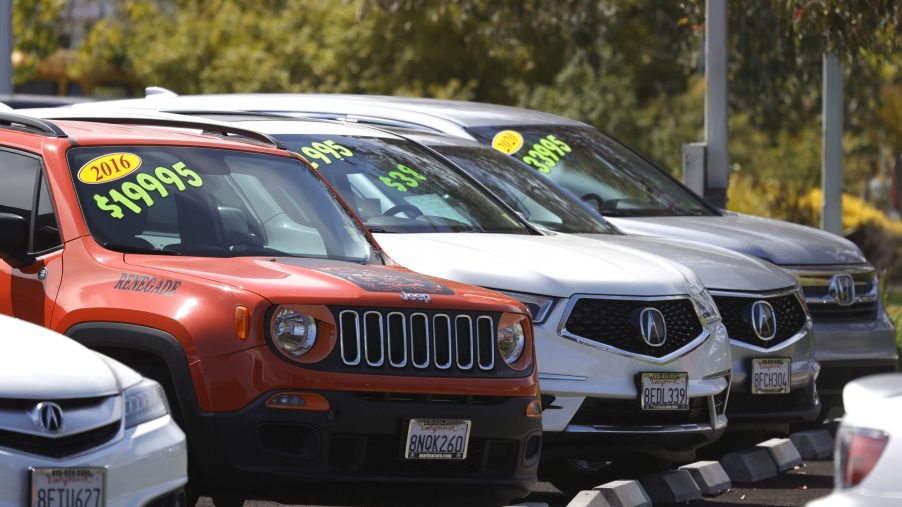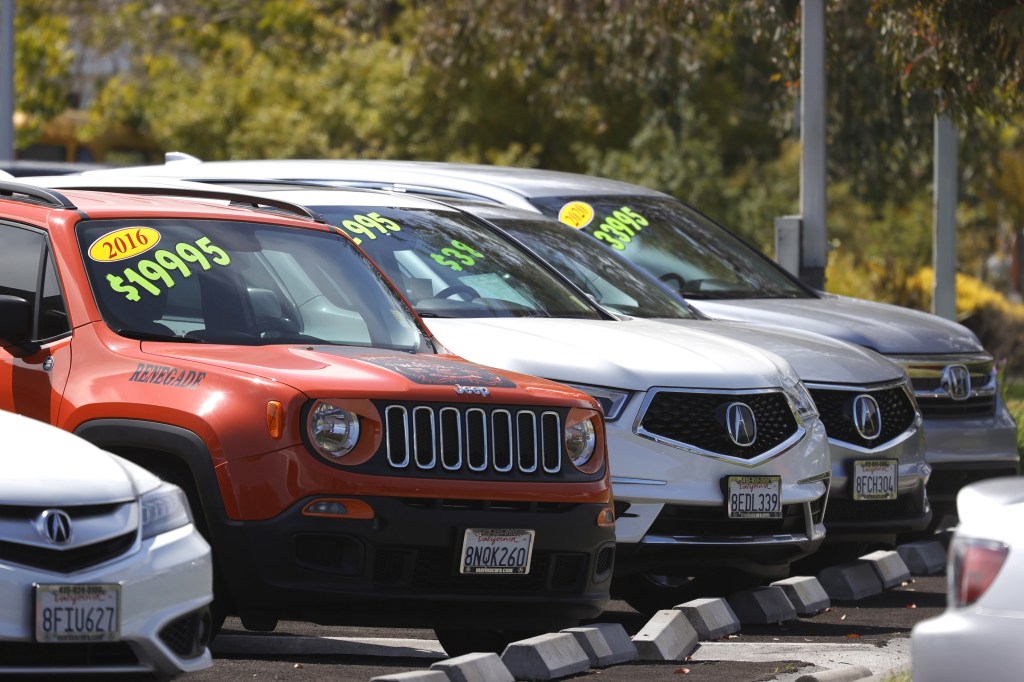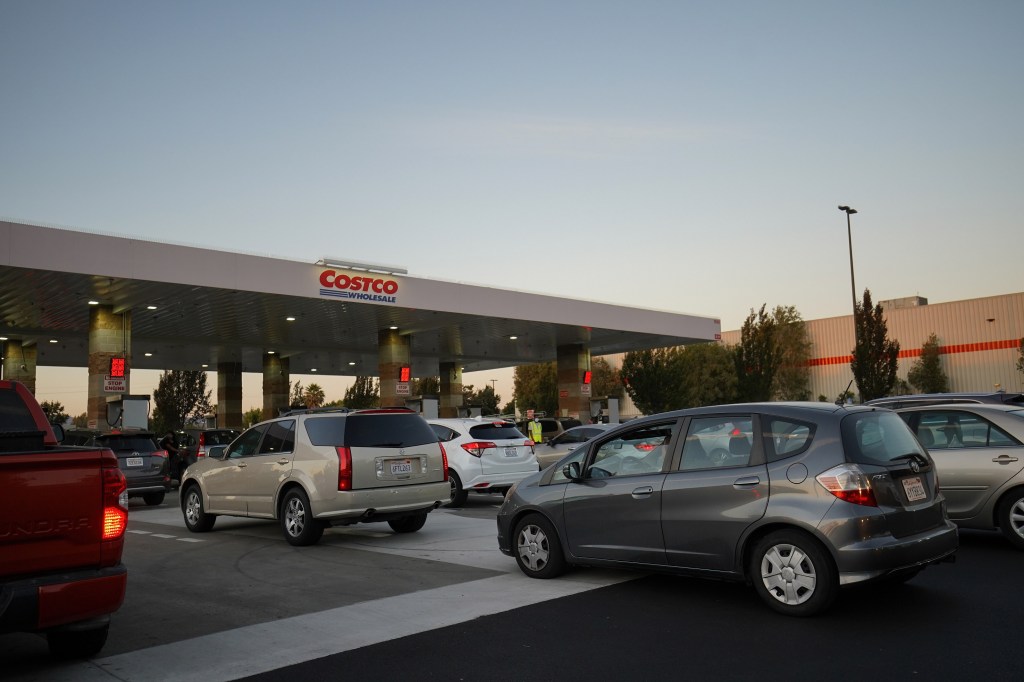
Car Ownership Costs Clobbered Us More Than Housing in 2021
We’re all likely sick of hearing ‘unprecedented’ in 2021, but then, it’s been a crazy year for the car market. The entire auto industry, from suppliers to used car dealers, was up-ended this year. And with low used and new car supply meeting high demand, it’s little wonder that consumers’ wallets ended up taking a beating. But car prices weren’t the only things that went up in 2021; all car ownership costs did.
It’s not just the rent: car ownership costs got too darn high in 2021

While a car, new or used, is a major investment, it’s not the only cost associated with car ownership. You have to pay for things like insurance, registration, fuel, maintenance, and depending on where you live, parking. EV owners pay these fees just like internal-combustion drivers. And according to a new report, these costs’ growth in 2021 out-paced food, housing, and even inflation, Jalopnik reports.
The report comes from The Guardian and is based on data from the US Bureau of Labor Statistics. Let’s put that data into context.
In November 2021, the US inflation rate rose to 6.8%, which is already the highest in 40 years, Jalopnik notes. Meanwhile, housing costs increased by 3.8% while food costs grew by 6.1%. On average, though, car ownership costs rose by 17.5%. And that’s not including the higher cost of electricity and rising car rental fees.
Here’s how the car ownership cost growth breaks down by sector:
- Fuel costs: 58%
- Used cars and trucks: 31.4%
- New cars and trucks: 11.1%
- Vehicle parts and equipment: 10.2%
- Insurance: 5.7%
- Vehicle maintenance and repair: 4.9%
- Vehicle fees: 1.5%
- Electricity: 6.5%
- Car and truck rentals: 37.2%
And it’s not just that car ownership costs have gotten bigger and bigger. Admittedly, owning a car has never been cheap per se. But in the US at least, private car ownership is basically a necessity. And it’s one that poorer households are increasingly unable to afford.
The Guardian notes that “the lowest-earning fifth of Americans” already spend 83% of their incomes on housing. If this keeps up, some families may have to choose between rent and a car payment. And if they choose the former, they might not be able to get to their jobs. At which point, they won’t be able to afford either.
What’s driving the rise in car prices and overall ownership costs?
It’s easy to pin the blame for rising car prices and overall ownership costs on supply chain issues. True, the chip shortage situation is starting to improve, but it’s still not back to pre-pandemic conditions. Also, microchips aren’t the only things in short supply: battery materials and even seat foam were sometimes low in 2021. And without raw materials, automakers can’t build cars, which shrinks the new car supply and makes used cars more expensive.
However, while the supply chain undoubtedly played a major role, it’s not the only factor behind rising car ownership costs. For one, apart from air travel, transportation costs overall rose in 2021, too, The Guardian reports. So, not only were parts and materials in short supply, but shipping those things became more expensive. And those costs seemingly were passed onto consumers.
Secondly, it’s worth remembering that at one point in 2020, oil prices went negative. With everyone in lockdown, no one was buying oil, so naturally, fuel prices dropped. Even a relatively modest price increase looks big percentage-wise compared to a low starting value. Ditto insurance prices: more people driving than last year means higher accident risks, thus higher prices.
In addition, although dealer markups are nothing new, high demand has inspired some ludicrous amounts. And while some automakers have stepped in to mitigate them, it hasn’t killed the practice off. Yes, dealers must make money to pay their workers. But if cars are treated as societal necessities in the US, markups often unnecessarily add to the ownership cost onus.
Also, keep in mind, we’re still in the middle of a global pandemic that’s killed hundreds of thousands of people just in the US. Even ignoring the human tragedy, this means a smaller workforce that’s, for the most part, not paid enough. High car prices and ownership costs wouldn’t be as financially ruinous with higher wages.
Will they go down in 2022 or sometime soon?

The good news is that some car ownership costs might go down relatively soon.
A recent report from analytical firm KPMG suggests that used car prices could start falling sometime before October 2022, Automotive News reports. That’s roughly when the new car supply should start equalizing. So, if you can afford to wait, you’re better off waiting until late 2022 or early 2023 to buy a car.
With more used and new cars in the market, rental fees should start dropping, too. Also, if the new car supply gets equalized, part costs and repair fees will likely decrease.
As for electricity, gasoline, and insurance prices, it’s difficult to make a definitive prediction. The first two are tied into multiple industries besides cars, so they’re influenced by a variety of additional factors. And insurance isn’t just based on car ownership, but driver behavior, which is, well, you know. Though considering how much technology new cars have, insurance costs likely won’t drop significantly.
Follow more updates from MotorBiscuit on our Facebook page.


